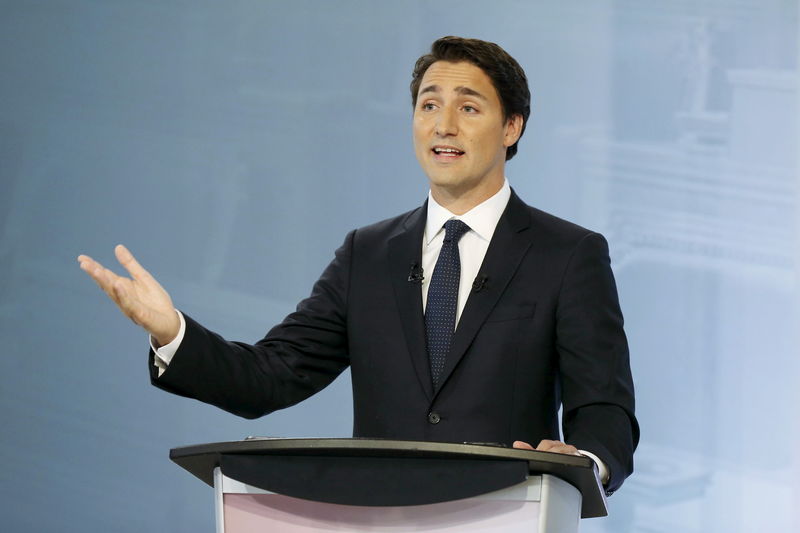By Ketki Saxena
Investing.com – Yesterday, Canadian Prime Minister Justin Trudeau’s Liberal government release its 2023 budget. The budget added $43 billion in net new costs over six years even as government revenues are set to decline compared to its November forecast, and in the context of a weaker economic climate.
The bottom line: a significantly higher deficit than previously projected, running up to 2028 - the year the budget was supposed to be back in the black. Which means that at the moment, the prospect of a balanced budget is nowhere in sight.
What Experts Are Saying: “A Reckoning Coming and Someone Has to Face It”
“It remains an expansionary fiscal plan in a worsening economic environment” says Dominique Lapointe, director of macro strategy for Manulife (TSX:MFC) Investment Management.
“We no longer have a commitment to a balanced budget in the fiscal plan,” said Canada’s former Finance Minister John Manley.
“At certain points, you do run out of your taxpayers’ money, and those days mean that you’ve got to reduce spending in ways that can be painful.”
Mr. Manley knows the dangers of such a situation all too well.
During his time in government in the mid-90s, the former Finance Minister was compelled to slash the federal budget in half as Canada, with the government unable to borrow money from global markets. The end result: 54 government programs slashed to just nine.
“There is a reckoning coming, and somebody’s going to have to face it”.
What has been Chyrstia Freeland's Response?
Canadian Finance Minister Chrystia Freeland has defended the new budget, saying it is “fiscally responsible” even with the soaring deficit.
Prior to the release of the budget, Freeland had promised a “fiscally restrained” budget, in order to “not add fuel to the fire of inflation” at a time that the Bank of Canada is fighting desperately to bring inflation back to target.
What is the Canadian budget deficit now projected at?
The deficit for the fiscal year ending March 31 is now projected at $43 billion, up from the $36.4 billion forecast in November’s budget update - even as massive spending on COVID has petered out.
In last year’s budget, the government had forecast a $4.5 billion surplus in 2028. It now expects a $14 billion deficit in that time frame.
The slowdown in growth also means that Canada’s debt-to-GDP ratio is set to worsen, rising from 42.4% this year to 43.5% next year.
